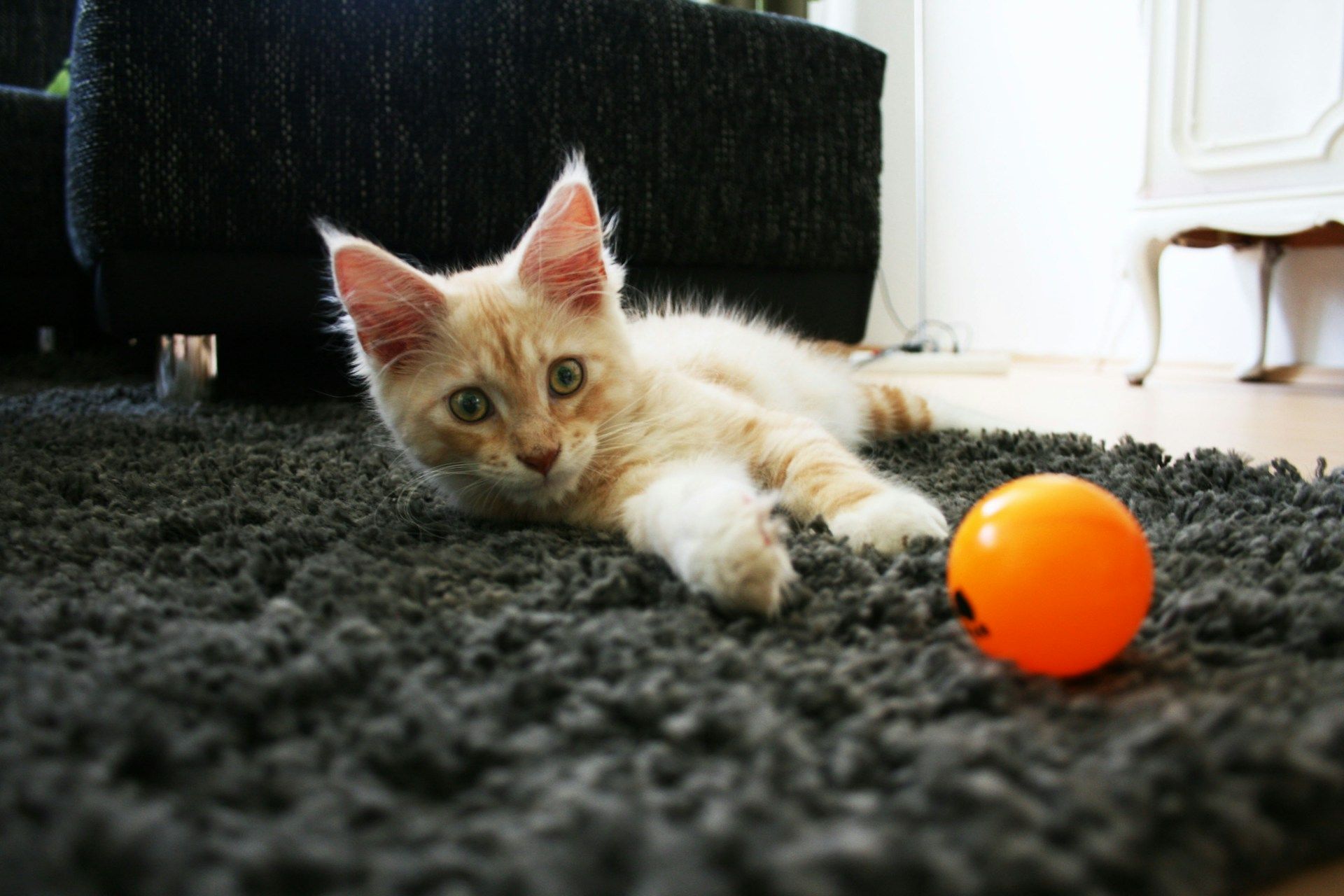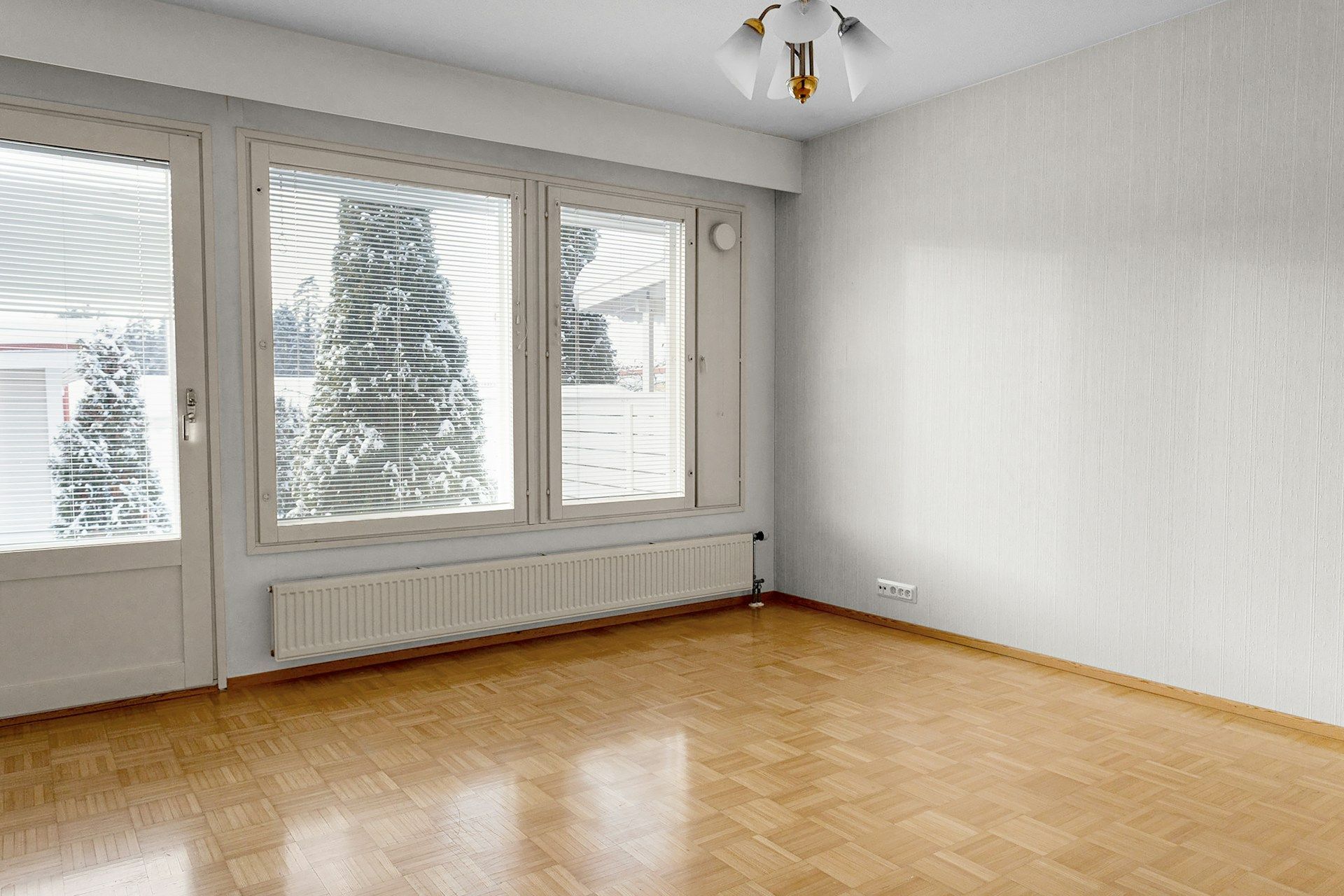Hardwood flooring is a timeless choice in homes, admired for its beauty and durability. It adds warmth and elegance to any room and can last for many years with proper care. However, even the most well-maintained hardwood floors can face issues, with discoloration being one of the most common and frustrating challenges for homeowners. This problem not only affects the appearance of your floors but can also significantly impact the overall look and feel of your home, potentially decreasing its value.
Discoloration in hardwood floors can arise from a variety of factors, some of which might surprise you. From sunlight exposure to moisture damage, and even the cleaning products you use, there are several causes behind this issue. Understanding these causes and learning how to address them can help you keep your floors looking their best. Let's explore these common culprits and discover effective solutions to maintain the beauty of your hardwood flooring.
Common Causes of Hardwood Floor Discoloration
Discoloration can sneak up on homeowners, revealing itself slowly over time. Recognizing the common causes is the first step in tackling this issue effectively.
- Sunlight Exposure: Placing furniture unevenly or neglecting curtains can leave certain areas of your floor exposed to direct sunlight. Over time, these sunlit sections can change color, often appearing faded. It's similar to how a photograph can fade when left in the sun for too long.
- Moisture Damage: Water and wood aren't the best of friends. Spills, leaks, or even high humidity levels can lead to water stains and dark patches. Even a small spill left unattended can become a significant stain.
- Chemical Reactions: Your cleaning routine might be harming your floors without you realizing it. Some cleaning products contain chemicals that react with the wood finish, while spills from substances like oil or wine can seep in, causing marks that are tough to remove.
- Wear and Tear: Everyday activities take their toll. Foot traffic and moving furniture can wear down the wood’s surface, leading to uneven color patterns. Imagine the high-traffic path from the kitchen to the living room growing dull compared to less traveled areas.
Understanding these causes helps in preventing further damage and determining the best approach for restoration. Keep these factors in mind as we explore prevention and repair strategies to help your hardwood floors shine once again.
Preventative Measures to Avoid Discoloration
Prevention is always better than cure, especially when it comes to preserving the natural beauty of your hardwood floors. By implementing some simple preventive practices, you can significantly reduce the risk of discoloration and keep your floors looking vibrant.
- Use of Area Rugs and Curtains: Place area rugs in high-traffic zones to minimize wear. Rugs not only protect the floor from foot traffic but also add a touch of style to the room. Curtains or blinds should be considered to protect the floor from direct sunlight, which is a common cause of fading. Drawing them during peak sunlight hours can make a big difference.
- Regular Cleaning: Keeping your floors clean plays a crucial role in preventing stains. Use a vacuum or a dust mop regularly to pick up dirt and debris. When mopping, ensure the mop is damp, not soaking wet. Opt for cleaning products specifically designed for hardwood flooring to avoid chemical reactions that can cause discoloration.
- Humidity Control: Maintaining consistent indoor humidity levels prevents wood from expanding or contracting, which can lead to damage. Consider using a humidifier or dehumidifier depending on your climate. Aim to keep humidity levels between 30-50% for best results.
These preventive steps offer a simple yet effective way to preserve your floors, reducing the likelihood of needing extensive fixes in the future.
Effective Solutions to Fix Discolored Hardwood Floors
If discoloration has already set in, don't worry. There are several solutions to restore your floors to their former glory.
- Sanding and Refinishing: This involves sanding down the affected layers and applying a new finish. It's a thorough method that can make old floors look brand new. Although the process may sound daunting, it's usually best handled by professionals to achieve a smooth, even finish.
- Staining: Applying a stain can even out the color of your wood. It's a great option if you've got a few patches here and there. Choose a stain that complements your decor to give your room a cohesive look.
- Professional Services: Enlisting the help of a flooring expert can be an effective way to handle discoloration, especially for extensive damage. Professionals have the tools and expertise to assess the situation and recommend the right solution.
Taking these actions can breathe new life into your hardwood floors, making them a stunning feature of your home once more.
Keep Your Hardwood Floors Looking New and Vibrant
To keep your floors in top shape, proactive care and timely solutions are key. By understanding the causes of discoloration and how to fix them, you’re already on the right track to maintaining their beauty. Making small changes can have a big impact, not only in preventing further damage but in extending the life of your flooring.
Embrace these tips and solutions to transform your living space back to its original charm. Great looking floors can elevate any room, creating a warm and welcoming atmosphere for years to come.
If you're looking to restore your floors' beauty or need more tips on care, visit the top
hardwood floor stores. Wilson’s Custom Flooring in Owensboro, KY, offers a range of products and services to suit your needs. Embrace the expertise and resources available to ensure your hardwood floors stay stunning for years to come.





